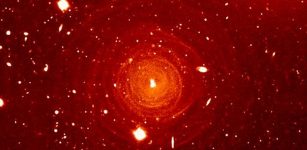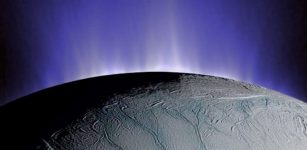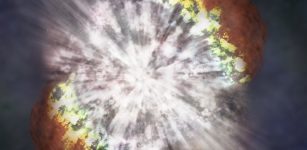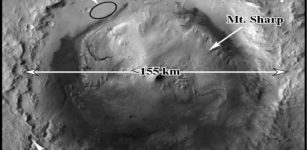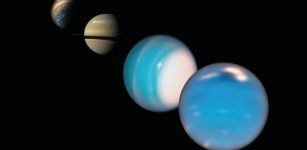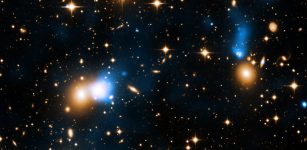Cosmic Distance Ladder And Best-Yet Calibrations To Measure Cosmic Distances
MessageToEagle.com – Researchers from the Carnegie Supernova Project provides the best-yet calibrations for using type Ia supernovae to measure cosmic distances.
Type Ia supernovae are fantastically bright stellar phenomena. They are violent explosions of a white dwarf—the crystalline remnant of a star that has exhausted its nuclear fuel—which is part of a binary system with another star.
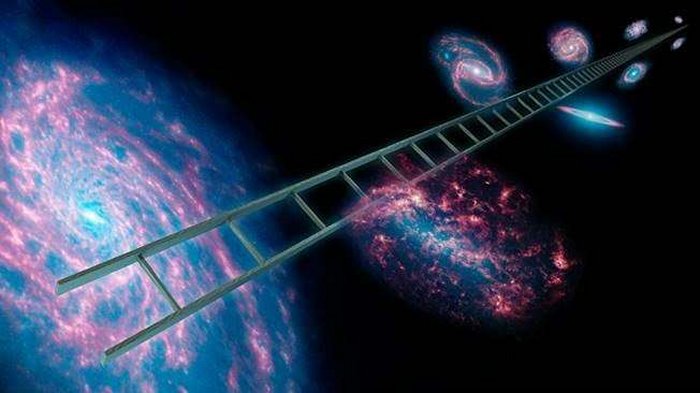 An Artist’s conception of what’s called the cosmic distance ladder — a series of celestial objects, including type Ia supernovae that have known distances and can be used to calculate the rate at which the universe is expanding. Credit: NASA/JPL-Caltech
An Artist’s conception of what’s called the cosmic distance ladder — a series of celestial objects, including type Ia supernovae that have known distances and can be used to calculate the rate at which the universe is expanding. Credit: NASA/JPL-Caltech
Type Ia supernovae are also a vital tool that astronomers use as a kind of cosmic mile marker to infer the distances of celestial objects.
The precise details of the explosion are still unknown, but it is believed that they are triggered when the white dwarf approaches a critical mass, so the brightness of the phenomenon is predictable from the energy of the explosion. The difference between the predicted brightness and the brightness observed from Earth tells us the distance to the supernova.
Astronomers employ these precise distance measurements, along with the speed at which their host galaxies are receding, to determine the rate at which the universe is expanding.
Studying the supernovae using the near-infrared part of the spectrum was crucial to this finding.
The light from these explosions must travel through cosmic dust to reach our telescopes, and these fine-grained interstellar particles obscure light on the blue end of the spectrum more than they do light from the red end of the spectrum in the same manner as smoke from a forest fire makes everything appear redder.
This can trick astronomers into thinking that a supernova is farther away than it is. But working in the infrared allows astronomers to peer more clearly through this dusty veil.
“One of the Carnegie Supernova Project’s primary goals has been to provide a reliable, high-quality sample of supernovae and dependable methods for inferring their distances,” Carnegie astronomer Chris Burns, and lead author pf the study said in a press release.
The calibration of these mile markers is crucially important, because there are disagreements between different methods for determining the universe’s expansion rate.
The Hubble constant can independently be estimated using the glow of background radiation left over from the Big Bang. This cosmic microwave background radiation has been measured with exquisite detail by the Planck satellite, and it gives astronomers a more slowly expanding universe than when measured using type Ia supernovae.
“This discrepancy could herald new physics, but only if it’s real,” Burns explained.
“So, we need our type Ia supernova measurements to be as accurate as possible, but also to identify and quantify all sources of error.”
MessageToEagle.com

